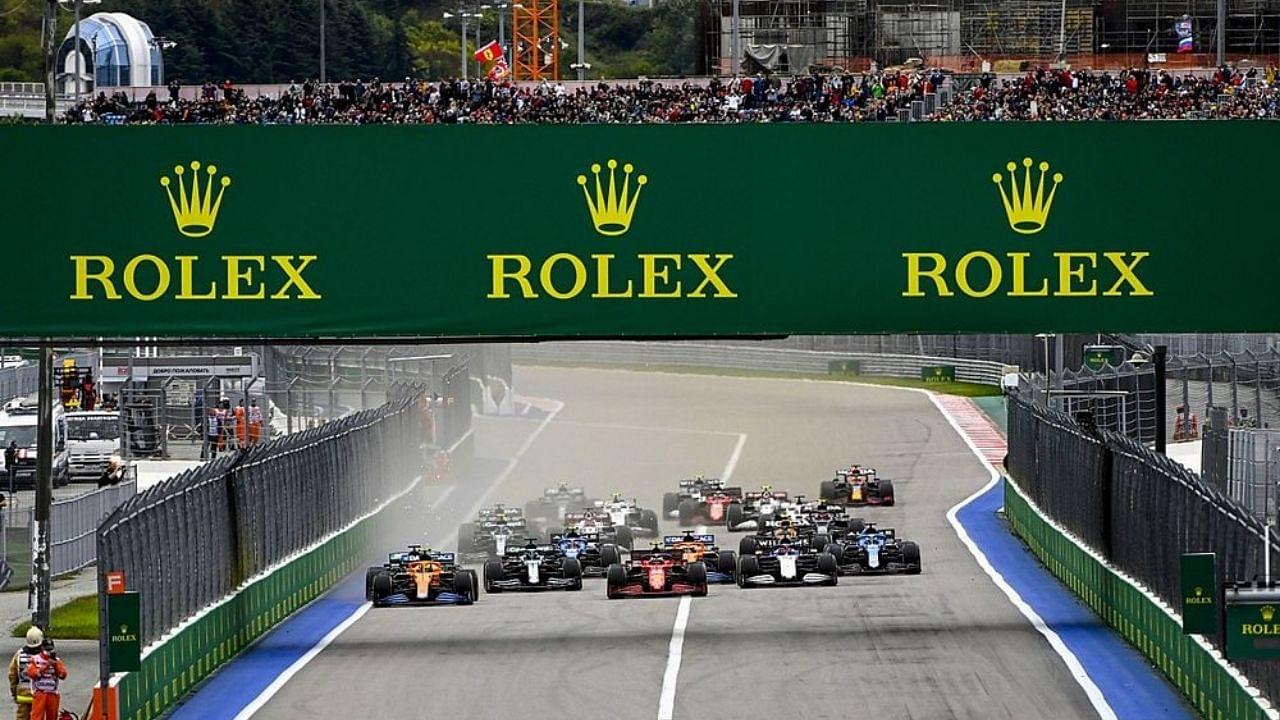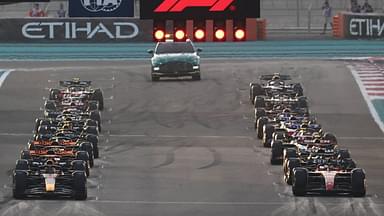Few cars are as well engineered as F1 cars, but in spite of growing use of electricity powered vehicles, F1 continues to use fuel.
In today’s world, the use of electricity powered vehicles in on the up. Plenty of big companies are putting a lot of effort into developing ‘Electric Vehicles’, something which they hope will replace traditionally fueled cars in the near future.
Fossil fuel shortages are at an all time low. And with ever increasing demand, it’s important that the automobile industry find a suitable and sustainable alternative to it.
🏁Combustion-engine racing isn’t going anywhere anytime soon, but with the electric-vehicle revolution underway, Formula E is in pole position to become the next big championship series. More @climate pic.twitter.com/G84crsPlkw
— Bloomberg Quicktake (@Quicktake) March 11, 2021
In the world of F1, there have been talks of making the sport more sustainable. However, in spite of their efforts to do so, they stay away from using electrically powered cars.
Formula 1 cars are petrol-powered, and will continue to remain so for the foreseeable future at least. Here’s why:
Also read: Charles Leclerc girlfriend: Who is the Monegasque F1 star dating in 2022?
Why can’t F1 cars run on electricity?
An F1 race distance in somewhere between 150-250 miles long. If the cars were to use electricity powered engines, they would simply not have enough energy to last the whole distance.
The amount of energy an electric power unit can produce is not enough for and F1 car to complete it’s required number of laps.
However, F1 cars are designed to convert a certain amount off potential energy into horsepower. Thus, the amount of thrust generated by the engine is 700 kWh. On top of that the ERS (energy recovery systems) off F1 cars lead to an additional 12 kWh per lap.
As a result, the total energy generated during a race amounts up to 750 kWh.
There are other factors that act as a barrier to fully electric cars in F1. There’s no way drivers can recharge their batteries mid-race as charging them quickly is not an option. Replacing the battery or swapping cars is also not possible during a Grand Prix.
If Formula 1 can solve their energy generation problem, fully electric power-units may enter the sport. However, the technology they have at their hands today, does not make it possible.
Also read: Aston Martin not sure if Sebastian Vettel will be back in time for Saudi Arabian GP






